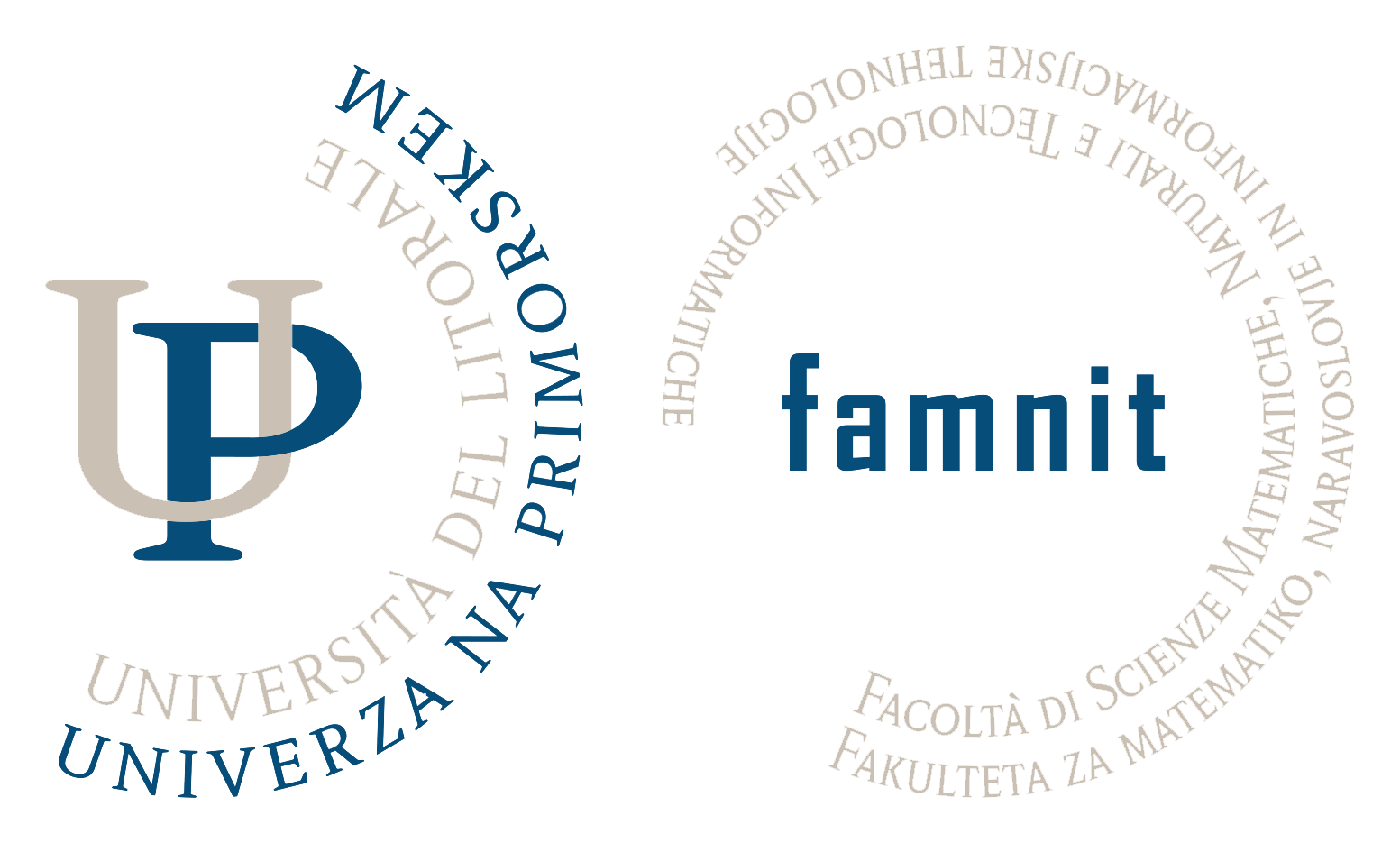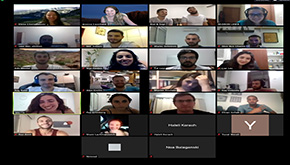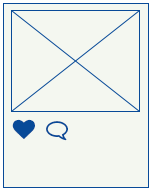PROJECTS
Bi-national teams of students will participate in three projects throughout the semester. For each project, the teams will design and build a prototype around a set of needs. The teams are tasked with deliverables throughout the semester. The final project will give the team an opportunity to take one of the projects towards a functional proof-of-concept that is presented in slides, posters, and demos at the Project Fair in front of international jury.
PROJECT NO. 1 - Sports

In this design sprint, you will design a smartwatch app to support people with physical activity. This could be encouraging people to take up new physical activities, support them in their current practices, bring them together around a social physical activity, etc. This is up to you! The goal of this assignment is to learn how to use first low-fi prototyping in the early stages of UI design and then medium-fidelity prototype using an interactive user interface design tool. You will first sketch different design realizations that will implement your idea. You will then select the best of these realizations to test further. You will build a low-fi prototype of this best design and then perform a usability test. You will incorporate the results of the test into design changes and use interactive tools to build a medium-fidelity prototype of the improved design.
Group name
Project name
Presentation
PROJECT NO. 2 - Sustainability

In this design sprint, you will design a mobile game to support one of UN Sustainability goals named "Ensure sustainable consumption and production patterns". Your task is to design a game that can help people understand this goal, notice their own consumption patterns, or improve their habits towards this goal. The aim of this assignment is to first sketch a storyline using paper prototypes (as is common in the early stage of the UI design), to then define an application flow that will be used as game logic, and finally develop a mobile game prototype using a code-free mobile game development tool. You will first sketch different storylines that will implement your idea. You will then select the best of these designs to help you define an application flow. Finally, you will develop a mobile game prototype which follows the chosen application flow as game logic. You will then test your app with participants.
Group name
Project name
Presentation
PROJECT TYPE NO. 3 - Fake news

Fake news, as defined by the media scholar Nolan Higdon, are “false or misleading content presented as news and communicated in formats spanning spoken, written, printed, electronic, and digital communication.” Fake news refers to stories that are fabricated that obtain little to no verifiable facts. They can cover anything from politics, vaccination, stock values and nutrition. They can be divided into several categories: false connection, misleading content, misplaced context, imposter content, manipulated media, fabricated content/fake news. In this design sprint, you will design a mobile application that will help users to recognize and understand any or a particular form of fake news through storytelling. Your task is to educate users to understand the harm fake news can pose, make them aware of their source news or in any other way help them understand the topic.












Late policy: no lates on group assignments.
There is no final exam and no “Pass” requirement regarding the final exam.
The grades will be awarded as: excellent, very good, good, satisfactory, passing, or failed and will be converted to the Israeli or Slovenian system accordingly.